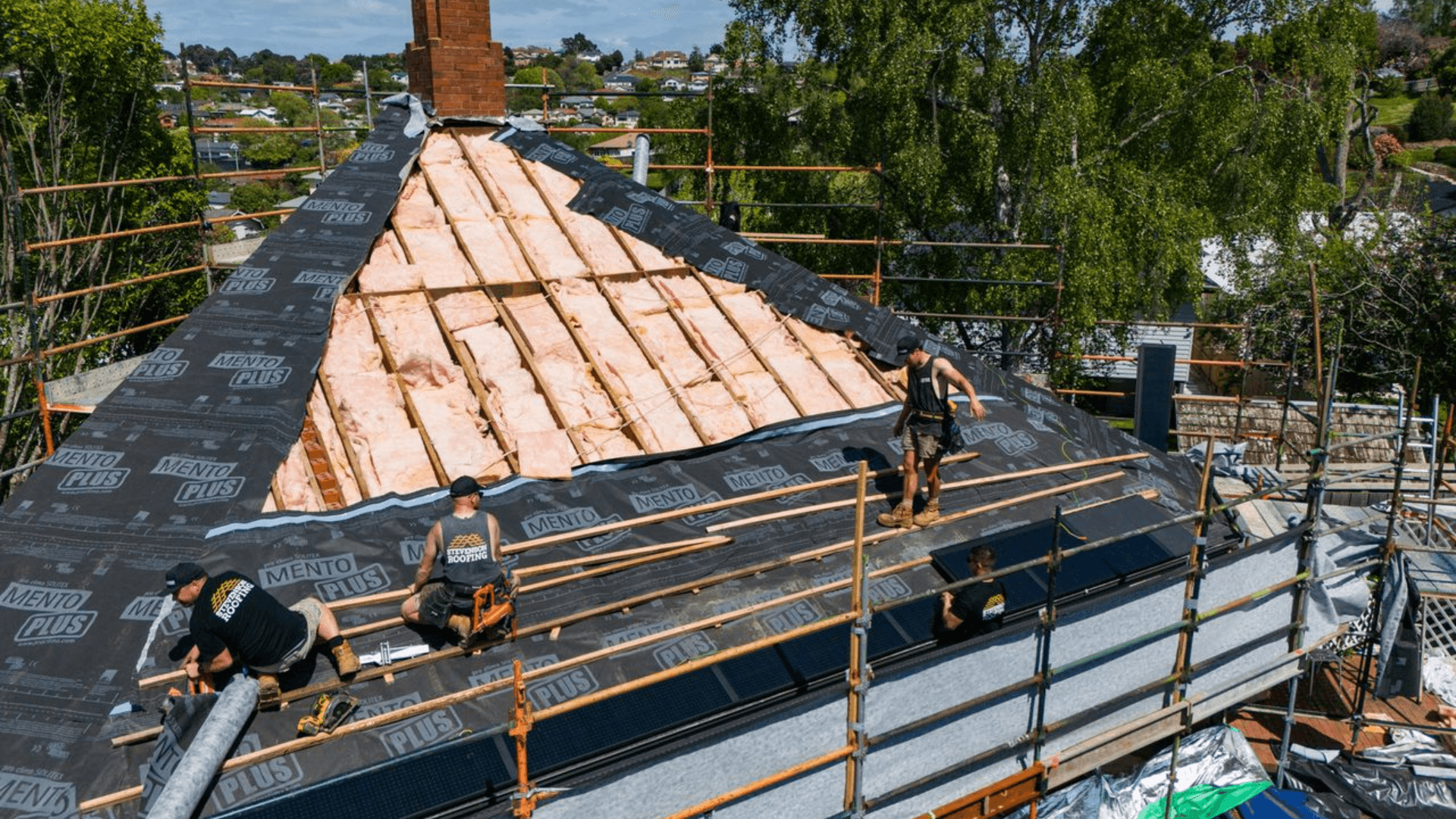A truly architectural solar roof unites form, performance, and longevity. Volt Solar Tiles integrate seamlessly with premium roof materials to create a low-profile, design-led energy system built for Australian conditions. Every detail — from anodised aluminium framing to tempered glass and concealed cabling — is engineered for endurance and beauty. The result is solar that disappears into the architecture, transforming energy into design.
A roof is the quietest part of a home, yet it carries the most significant responsibility. It protects, defines form, and completes the story of a building’s design. When done right, you barely notice it. The line between structure and sky feels effortless, resolved, deliberate. But the moment solar panels are added to that surface, something changes. The architecture loses its language. It stops whispering and starts shouting.
For years, Australia’s solar industry has been driven by performance, not proportion. Efficiency charts and watt ratings led the conversation, not materials, colour, or context. The result? Rows of panels scattered across rooftops that once had integrity. They work, but they don’t belong. And that’s the problem Volt set out to solve.
A solar roof should never look like an afterthought. It should be part of the design — built in from the start, not bolted on at the end. That’s what Volt Solar Tiles were created for: to bring energy generation into the architecture itself. By integrating with traditional roofing rather than sitting above it, Volt turns what was once an aesthetic compromise into an architectural advantage.
.png)
Volt’s difference is in the detail. Every component of a Volt Solar Tile is designed not only to generate energy but also to protect and preserve the roof’s architectural integrity. The tile’s frame is crafted from anodised black aluminium — a deliberate decision for both performance and aesthetics. It resists corrosion, maintains its deep matte finish in the Australian sun, and visually allows the solar array to recede into the roofline.
The surface is made from tempered glass, engineered for strength and optical clarity. It absorbs the expansion and contraction that comes with changing temperatures while maintaining a clean, uniform appearance. Beneath the surface, cabling and junctions are fully concealed, keeping the system low-profile and uninterrupted.
This attention to detail transforms what could have been just powerful technology into something architectural. Each tile contributes to a continuous rhythm across the roof, refined, deliberate, built to last. A solar roof should never compete with a building’s design language; it should extend it. Volt’s materials, proportions, and engineering make that possible.
.png)
Design only matters if it endures, and in Australia, endurance is everything. Our climate demands it: heat that burns, salt that corrodes, winds that push every surface to its limit. That’s why Volt Solar Tiles are engineered to perform far beyond standard roofing or solar benchmarks. Each tile is tested for static loading, impact and temperature variation. They’ve been through simulated storms, driving rain, and hail to ensure every system can withstand the extremes of the Australian environment.
Beneath the surface, Volt performs like a premium roof that is watertight, structurally sound, and built to last for decades. Above it, each tile generates clean energy silently, every day. Together, they create a roof that does more than protect; it powers the home it was designed to shelter.
That level of performance begins with the materials themselves. Volt partners with La Escandella Planum, a premium European roof tile renowned for its precision and longevity. Its flat profile and refined texture make it an architectural favourite, particularly for coastal and contemporary designs. By integrating Volt’s solar technology into this proven base, the system achieves a rare balance: premium aesthetics backed by enduring strength.
%20(1).png)
Unlike traditional panels that rely on external racking and mounts, Volt integrates directly with the roof structure. There are no exposed brackets, no visible wiring, and no compromise to weatherproofing. Just a surface that’s both functional and beautiful, a solar roof tile that feels deliberate, grounded, and complete.
This simplicity extends to installation. Most homeowners discover their need for a new roof and their desire for solar at the same time. Traditionally, that meant managing multiple trades, separate warranties, and a patchwork of decisions. Volt simplifies that process: one design, one project, one roof certification. The roof and the solar system become a single architectural solution, delivered as one seamless installation.

It’s this level of integration that makes Volt the natural choice for reroofing projects. The system allows homes to evolve without losing their character, moving toward sustainability while preserving style. Whether it’s a heritage home in Melbourne or a new coastal build in Byron Bay, Volt brings consistency and control back to the roofline.
The future of Australian homes won’t separate power from design. They’ll expect them to coexist — in the same way good architecture balances light and shadow, or interior and exterior. As our energy landscape changes and building standards evolve, roofs that simply protect will soon be out of step. The ones that protect and produce will define the new era of Australian architecture.
Volt isn’t just building a better solar system; it’s redefining what the roof means. A product designed for extremes, engineered for endurance, and crafted for beauty. The kind of solution that doesn’t just look good now, but still feels right in twenty years.
This is what makes a solar roof truly architectural: restraint, purpose, and the courage to design something that disappears — not because it hides, but because it belongs completely to the architecture.
Words by Natassja Lindrea for Volt.
%20(1).png)